Regulatory and Advisory Agencies
Learning Outcomes
On completion of this chapter, the student will be able to achieve the following objectives:
• Pronounce, define, and spell the Key Terms.
• Explain the difference between regulations and recommendations.
• Identify four professional sources for dental information.
• Name the professional organizations for dentists, dental assistants, and dental hygienists.
• Name the premier infection control educational organization in dentistry.
• Describe the role of the Centers for Disease Control and Prevention.
• Explain a primary difference between OSHA and NIOSH.
• Describe the role of the Environmental Protection Agency in relation to dentistry.
• Describe the role of the Food and Drug Administration in relation to dentistry.
• Describe the role of the National Institutes of Health.
• Describe the role of the National Institute of Dental and Craniofacial Research.
Electronic Resources
![]() Additional information related to content in Chapter 22 can be found on the companion Evolve Web site.
Additional information related to content in Chapter 22 can be found on the companion Evolve Web site.
Key Terms
American Dental Assistants Association (ADAA) The professional organization for dental assistants in the United States.
American Dental Association (ADA) The professional organization for dentists.
American Dental Hygienists’ Association (ADHA) The professional organization for dental hygienists.
Canadian Dental Assistants Association (CDAA) The professional organization for dental assistants in Canada.
Centers for Disease Control and Prevention (CDC) Federal agency that is nonregulatory and that issues recommendations on health and safety.
Environmental Protection Agency (EPA) Federal regulatory agency whose responsibility it is to protect and restore the environment and public health through environmental laws.
Food and Drug Administration (FDA) Federal regulatory agency that regulates food, drugs, medical devices, animal feed and drugs, cosmetics, and radiation-emitting products (cell phones, lasers, microwaves, etc.).
National Institute for Occupational Safety and Health (NIOSH) Federal agency that is nonregulatory and provides national and worldwide leadership to prevent work-related illnesses and injuries.
National Institute of Dental and Craniofacial Research (NIDCR) Federal agency whose mission is to improve oral, dental, and craniofacial health through research, research training, and the dissemination of health information.
National Institutes of Health (NIH) One of the world’s foremost research centers.
Occupational Safety and Health Administration (OSHA) Federal regulatory agency whose mission is to ensure the safety and health of America’s workers by setting and enforcing standards.
Organization for Safety, Asepsis and Prevention (OSAP) The premier infection control agency in the United States.
Public Health Agency of Canada (PHAC) The main federal agency responsible for public health in Canada.
It is important for the dental assistant to recognize and understand the roles of the government agencies and professional organizations that have a direct influence on the practice of dentistry. This is especially true in the areas of infection control, chemicals, and other occupational health and safety issues. Some agencies are regulatory and issue rules and regulations with which dental offices must comply. Penalties for not complying with regulations may include fines, imprisonment, or suspension or revocation of licenses. Other agencies are advisory and have no authority for enforcement. These nonregulatory agencies issue recommendations that are based on strong scientific evidence and are the standard of care for dentistry today.
The governmental agencies and organizations described in this chapter are huge, and this chapter is intended to serve only as an introduction to them. When you are in practice as a dental assistant, these agencies will be excellent resources for information for you, and they are easily accessed on the Internet.
Associations and Organizations
Professional organizations are a valuable resource for current infection control and other professional information (Table 22-1). Many dental professionals choose to become a member of their professional organizations.
TABLE 22-1
< ?comst?>
| Organization | Logo |
| American Dental Association (ADA) 611 E. Chicago Ave. Chicago, IL 60611 (312) 440-2500 www.ada.org |
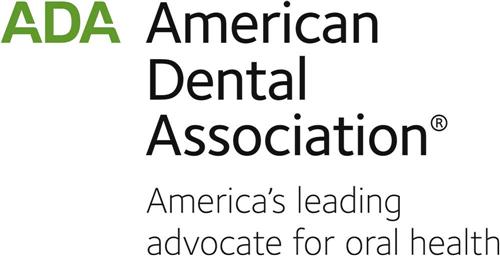 |
| American Dental Assistants Association (ADAA) 35 East Wacker Drive, Suite 1730 Chicago, IL 60601 (312) 541-1550 www.dentalassistant.org |
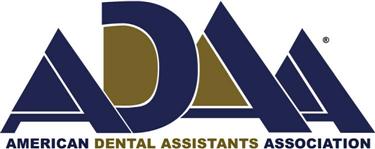 |
| American Dental Hygienists’ Association 444 North Michigan Ave., Suite 3400 Chicago, IL 60611 (312) 440-8900 www.adha.org |
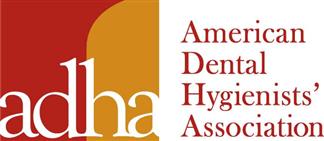 |
| Canadian Dental Assistants Association 2255 St. Laurent Blvd., Suite 203 Ottawa, ON K1G 4K3 www.info@cdaa.ca |
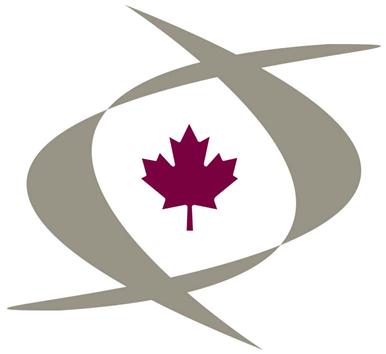 |
| Organization for Safety, Asepsis and Prevention (OSAP) P.O. Box 6297 Annapolis, MD 21401 (410) 571-0003 www.osap.org |
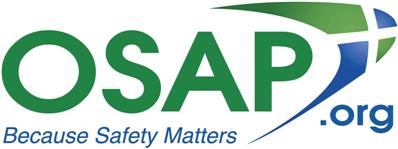 |
< ?comen?>< ?comst1?>
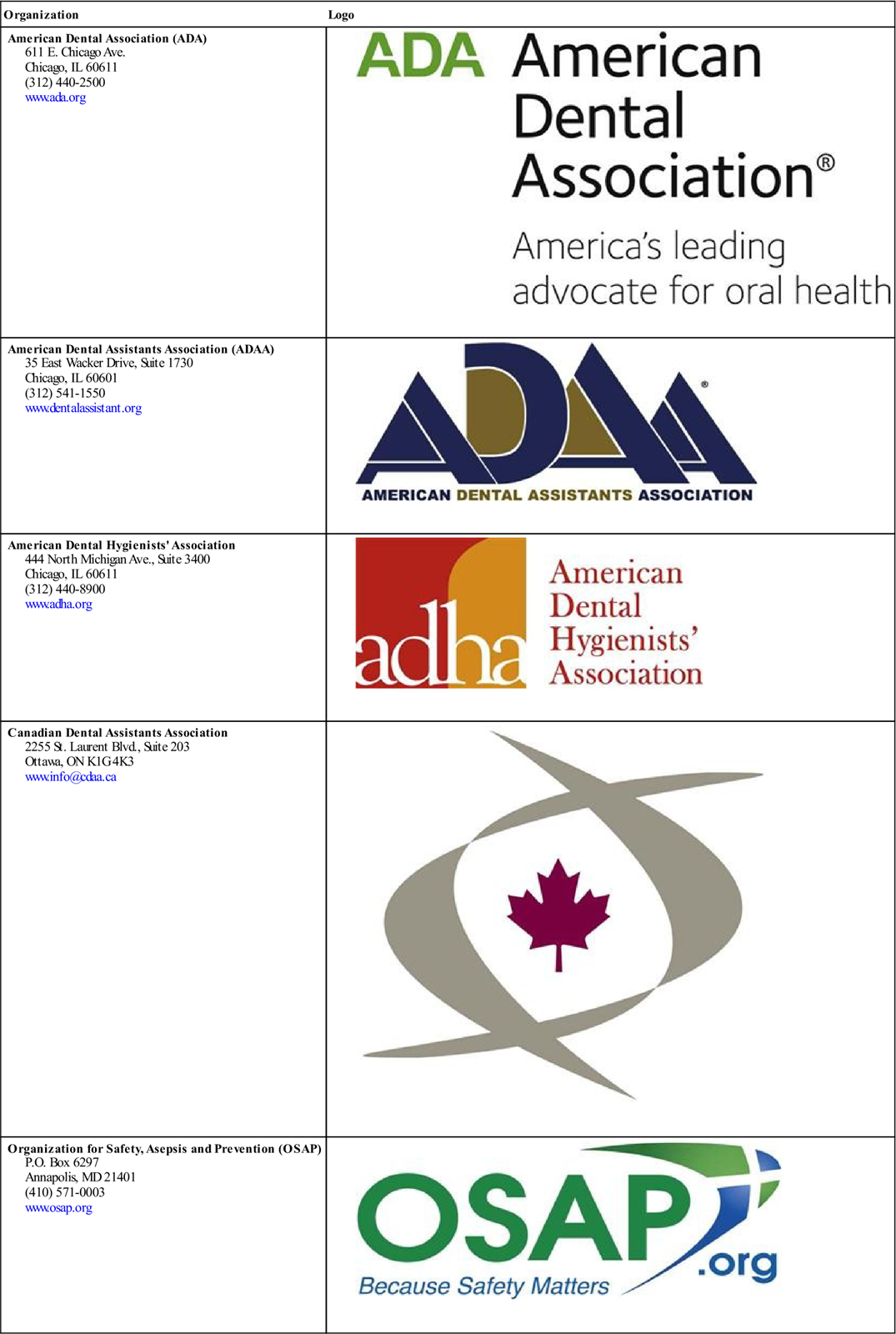
< ?comst1?>
< ?comen1?>
American Dental Association
The American Dental Association (ADA) is the national professional organization for dentists. The ADA was established in 1859. Today, more than 157,000 dentists are members. It is the world’s largest and oldest national dental association. The ADA periodically updates its infection control recommendations as new scientific information becomes available. The ADA also publishes informational reports on emerging issues of interest to the dental community.
Dentists and consumers have long recognized the American Dental Association (ADA) Seal/>
Stay updated, free dental videos. Join our Telegram channel

VIDEdental - Online dental courses


